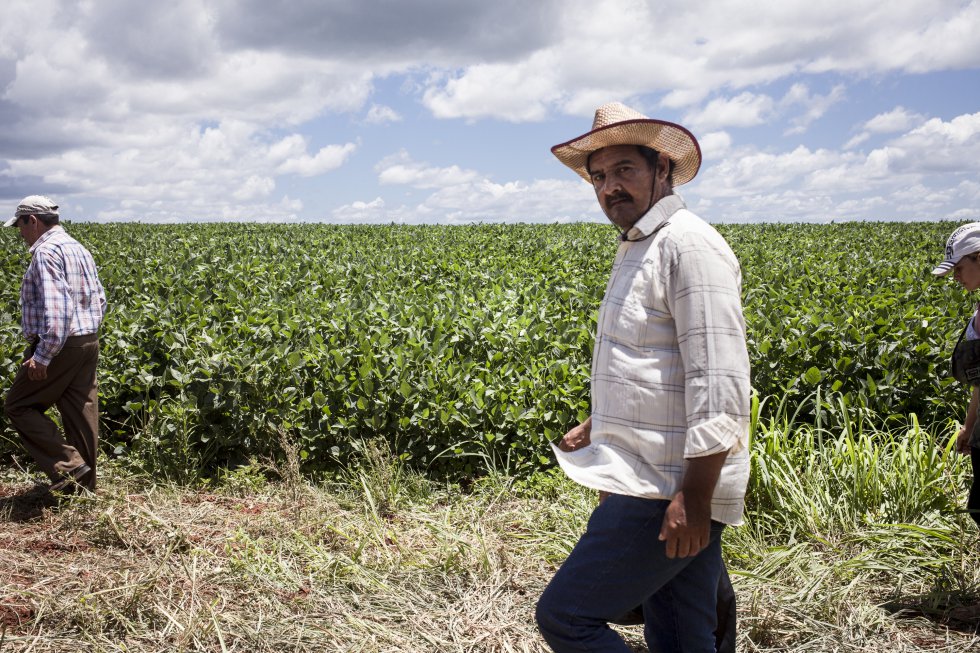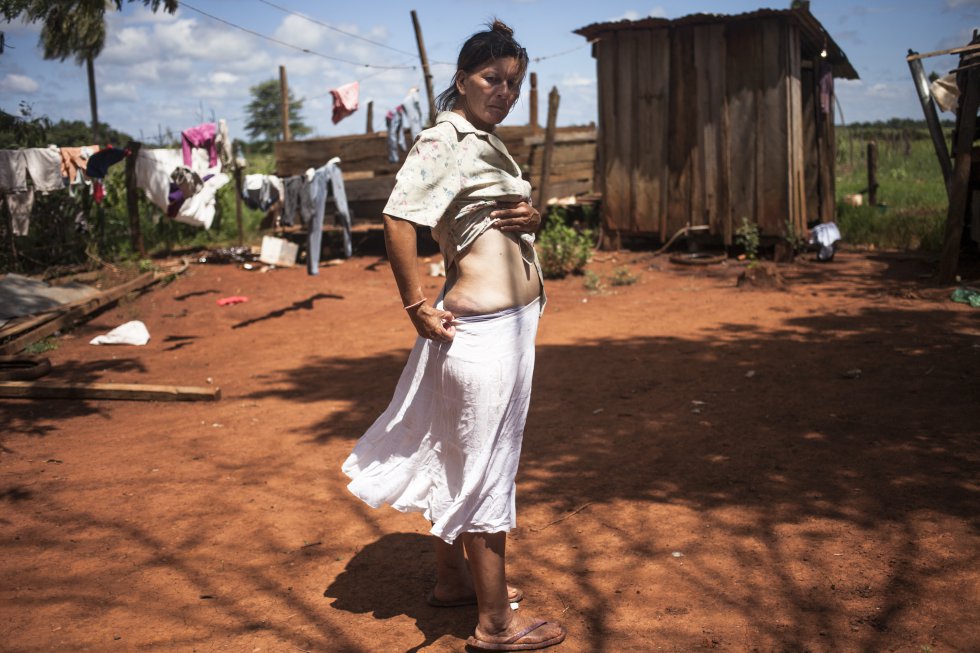Authors: Stephanie Rodriguez and Haleigh Reutershan
Edited by: Keury Collado and Tracy Kay
After the impeachment of former president Dilma Rousseff just over a year ago, her vice president Michel Temer, of the Brazilian Democratic Movement Party, took office.
Since then, many Brazilian citizens have felt a growing discontent with the current administration (Dwyer).
This past Friday, April 28th, a general strike took place in major cities across Brazil for the first time in over two decades. The strike began at midnight and began the weekend, lasting twenty-four hours.
The strike was triggered by Temer’s labor reform initiatives, which will raise the retirement age by eleven years. Over 70,000 citizens were outraged with Michel Temer’s administration plans. Under Temer’s pension reform, men will retire at age 65 and women will retire at the age of 62. Brazilian citizens are accustomed to working until at 54 years. The pension reform will affect the Brazilian workforce in that men and women will have to work passed an age where their physical capabilities may restrict their ability to labor properly. Temer blames unemployment rates and the recession on the previous administration, and he plans to do what he thinks is best for creating jobs and boosting the economy, despite the people’s revolts. However, extending the retirement age is not the only thing citizens are outraged about. Temer plans to eliminate education and agricultural pensions. The Latin American television network Telesur, states that, “according to the head of the Landless Worker Movement, Joao Pedro Stedile, [retirement benefits] almost tripled during the governments of Inacio ‘Lula’ da Silva and Dilma Rousseff.” Since the proposal of these bills, Michel Temer’s approval rating decreased by 10 percentage points.
A group of protesters attempted to march onto the residence of President Temer, but they were met with force, police pushed back throwing tear gas. Across major cities in Brazil, police and protesters grappled as the night fell. One citizen claimed this strike was going to be marked down as Brazil’s largest in history, although this has yet to be confirmed (Krol.)
The heavily unionized parts of the economy were most affected. Nationwide, schools and banks were shut down. Public transportation halted and buses were burned, even some hospitals were affected (Krol.) Major roads in cities throughout Brazil were blockaded by structures created out of burning tires. Automobile production experienced great setbacks, as most of major car production takes place in Sao Paulo, where sixty thousand metallurgical workers striked (Krol.)
Citizens are very uneasy about the reforms and the current administration. One bank worker, Ricardo Jacques stated “We can’t keep quiet anymore with a government that isn’t legitimate, which wasn’t elected to dismantle the rights of workers,” (Krol.) Despite this opinion being backed by thousands across the nation, Temer still believes he is doing the best he can for Brazil, and plans to carry out his reforms (Dwyer.)
Factoids:
1.) Q. What political party is Michael Temer associated with?
A. The Brazilian Democratic Movement Party
2.) Q. What industry was heavily influenced in the city of Sao Paulo as a result of the protests?
A. The automobile industry
3.) Q. What were two main causes of the protests?
A. Labor reforms and growing dissatisfaction with current administration
Sources:
Durden, Tyler. “Violent Riots Break Out In Brazil As First General Strike In 21 Years Paralyzes Nation.” Zerohedge.com. N.p., 29 Apr. 2017. Web. 3 May 2017.
Dwyer, Colin. “Nationwide Strike Clogs Brazil’s Big Cities, Grinding Daily Activity To A Halt.” Npr.org. N.p., 28 Apr. 2017. Web. 30 Apr. 2017.
Krol, Charlotte. “Buses burn in Rio de Janeiro amid general strike against proposed Brazilian labour laws.” Telegraph.co.uk. Telegraph Media Group Limited, 29 Apr. 2017. Web. 2 May 2017.
Reuters. “Brazil Protesters, Police Clash in First General Strike in Decades.” The New York Times. The New York Times, 28 Apr. 2017. Web. 04 May 2017.
Rasmus, Jack, James Cockcroft, Ramzy Ramzy Baroud, Dr., Arshad M. Khan, Dr., and N. Malathy. “Brazil: More Massive Protests Against Temer’s Pension Reform.” News | TeleSUR. TeleSUR, n.d. Web. 04 May 2017.




















